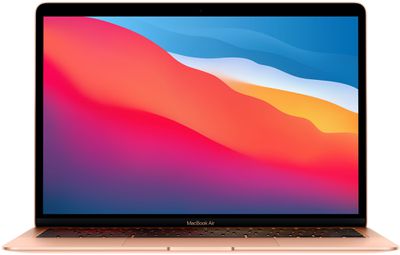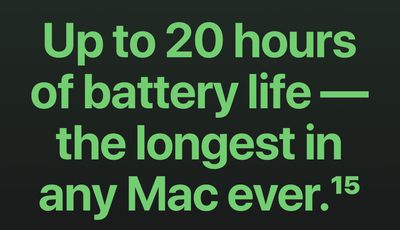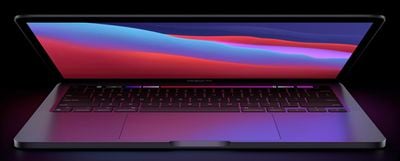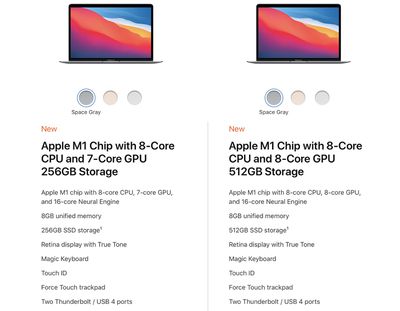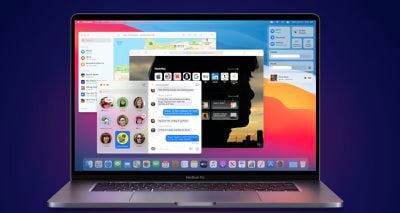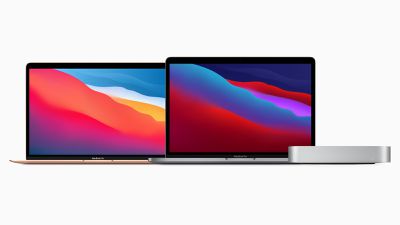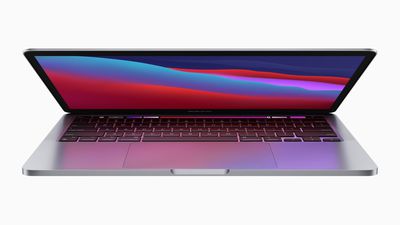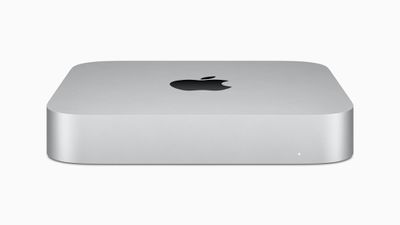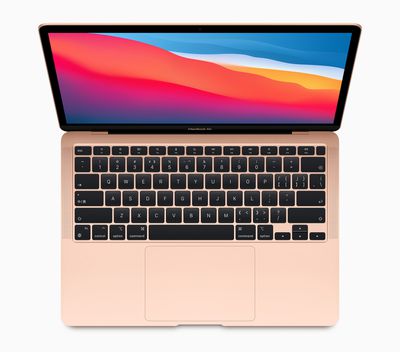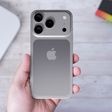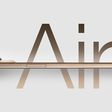Apple today updated its Returns Policy for the holiday period, extending the time in which holiday gifts and purchases can be returned in the United States.
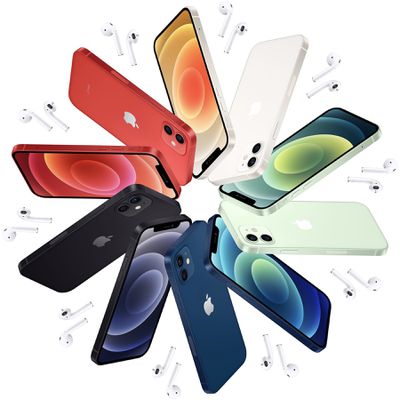
Items purchased from the Apple Online Store that are received between November 10 and December 25, 2020 can be returned to Apple until January 8, 2021, offering holiday shoppers more than two weeks to make returns.
These dates are applicable for the U.S. store, but Apple also extends return periods in other countries as well. The time available for a return can vary by country, so before making an Apple purchase as a gift, it's worth checking the return policy where you are located.
Items purchased at the Apple Online Store that are received between 10 November and 25 December 2020 may be returned up to 8 January 2021. Please note that all other terms and conditions provided in the Apple Online Store Sales and Refunds Policy are still applicable with respect to such items purchased. All purchases made after 25 December 2020 are subject to the Standard Returns Policy.
Some items are excluded from the return policy, such as Apple and App Store gift cards, but iPhone, iPad, Mac, Apple Watch, Apple TV, and accessory purchases can be returned. Purchased devices can be opened and used prior to being returned, but they must be in their original packaging.
Purchases received prior to November 10, 2020 or after December 25, 2020 will be subject to Apple's standard 14 day return policy.
Along with announcing the new holiday return period, Apple today also shared its annual gift guide. The gift guide features holiday-themed Apple product graphics and suggestions for gifts like iPhones, AirPods, Apple gift cards, Apple Watch, HomePod mini, and more.


